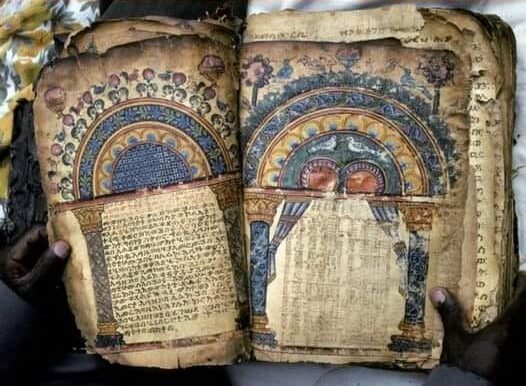The Ethiopian Bible, written in Ge’ez, an ancient Ethiopian language, is considered the oldest and most comprehensive bible in the world. It is believed to be the earliest complete illuminated Christian manuscript that has survived. With 81-88 books, it predates the King James Version by nearly 800 years and includes additional books like the Book of ENOCH, Esdras, Buruch, all three Books of MACCABEE, and several others that were excluded from the KJV and considered excommunicated.
- The Ethiopian Bible is also known as the “Ethiopic Bible” or the “Ge’ez Bible.”
- It is considered a canonical text by the Ethiopian Orthodox Church, which has a rich tradition of religious scholarship and practice.
- The Ethiopian Bible includes several books that are not found in the Protestant Bible, such as the Book of Jubilees, the Book of Enoch, and the Ascension of Isaiah.
- The Ethiopian Bible has had a significant influence on Ethiopian culture and history. It has been a source of inspiration for art, literature, and music, and has helped to shape the country’s religious identity.
- The Ethiopian Bible was originally written on parchment or vellum, and was often decorated with intricate illuminations and illustrations. Many of these manuscripts have been preserved and are considered priceless treasures of Ethiopian heritage.
- The Ethiopian Bible has been translated into several languages, including English, French, and Italian, to make it more accessible to a wider audience.


